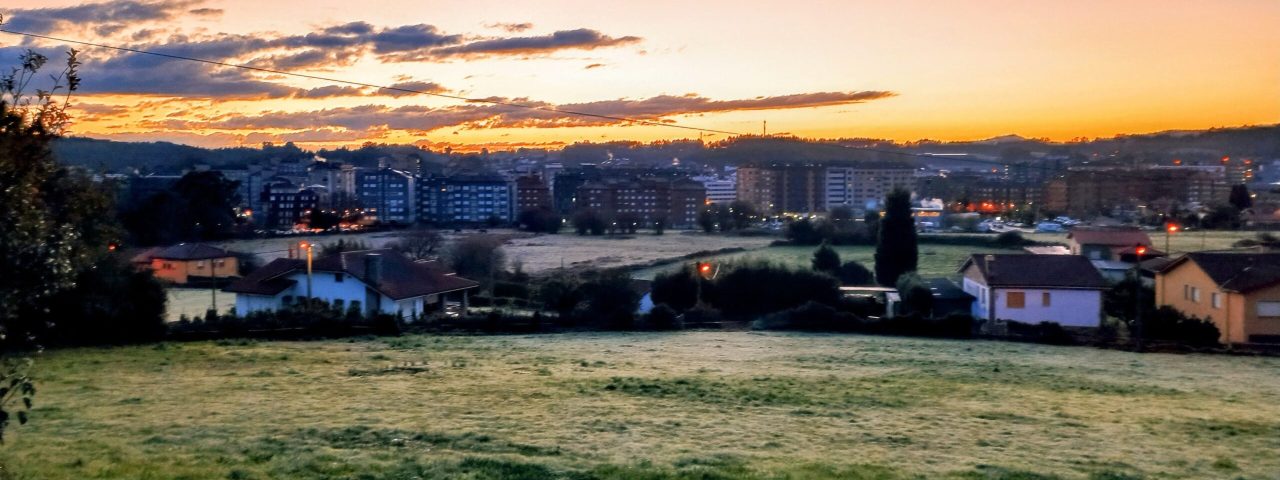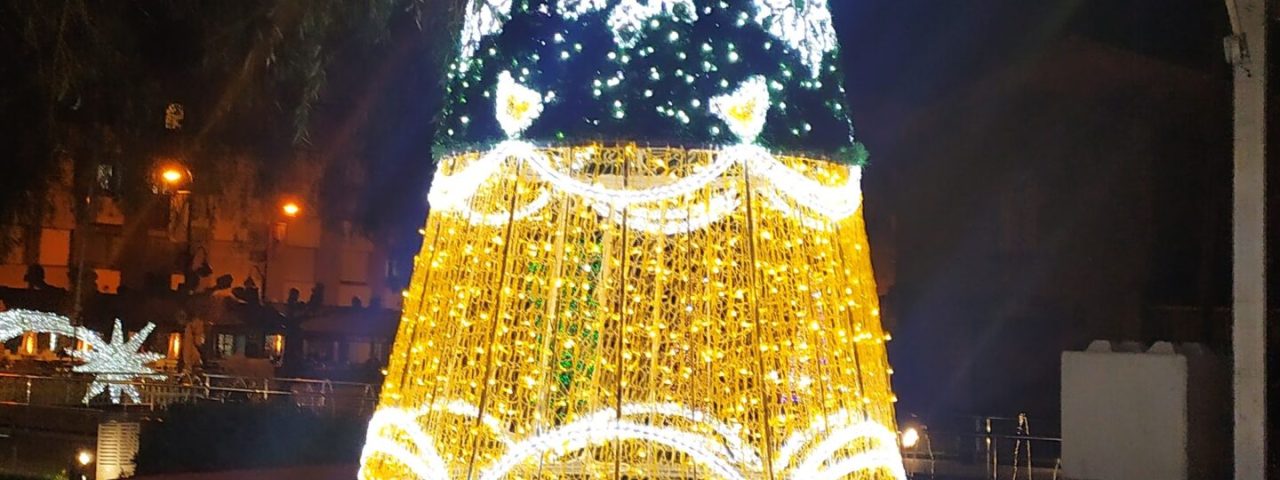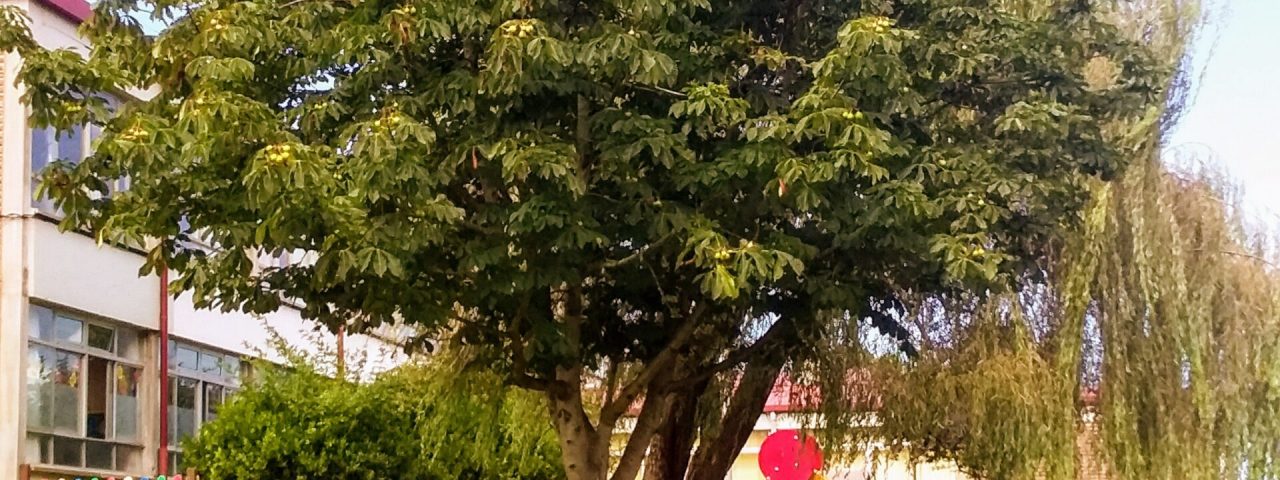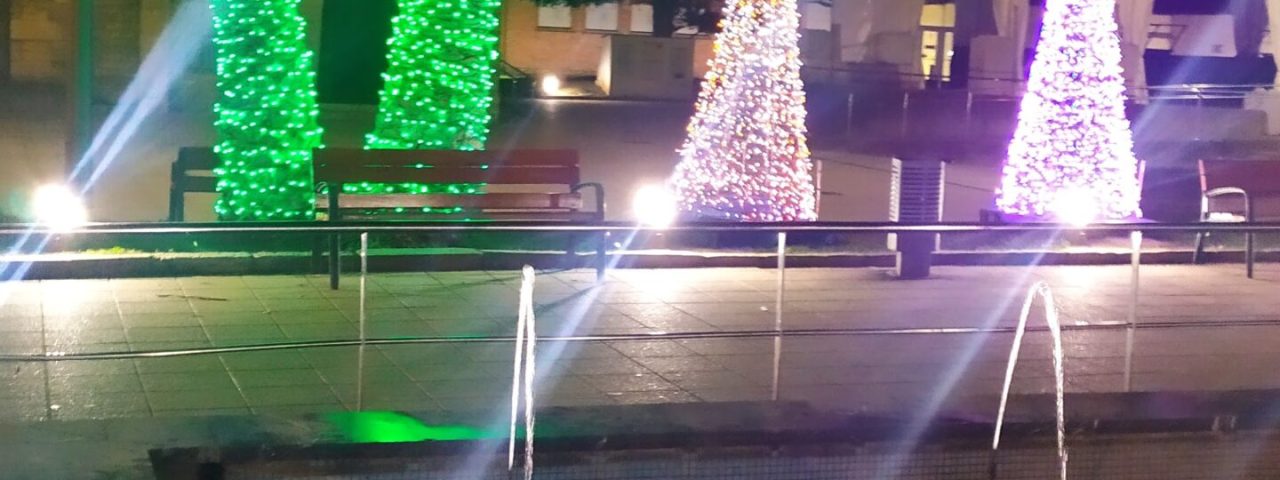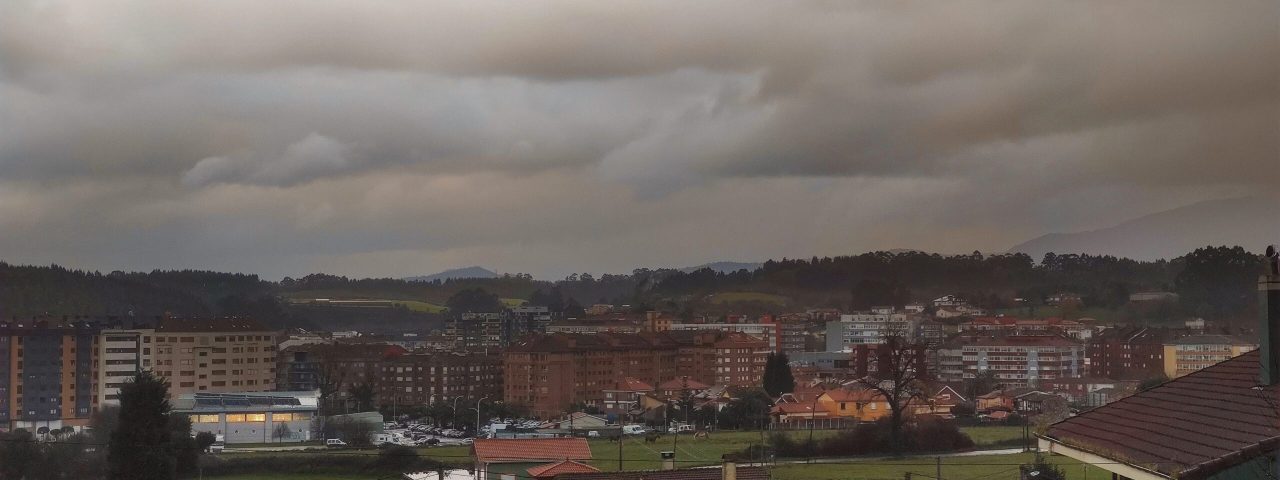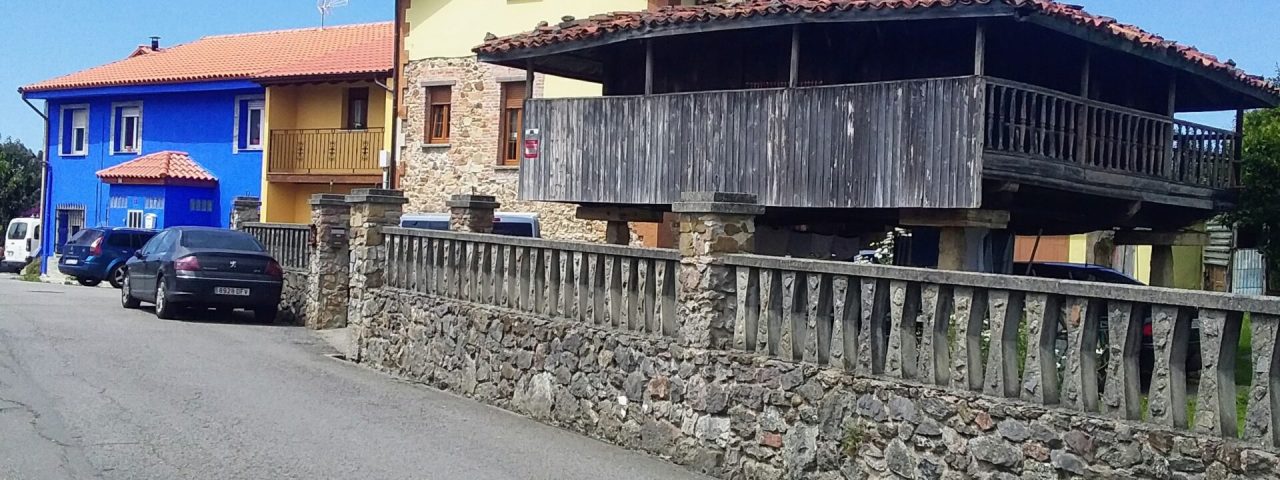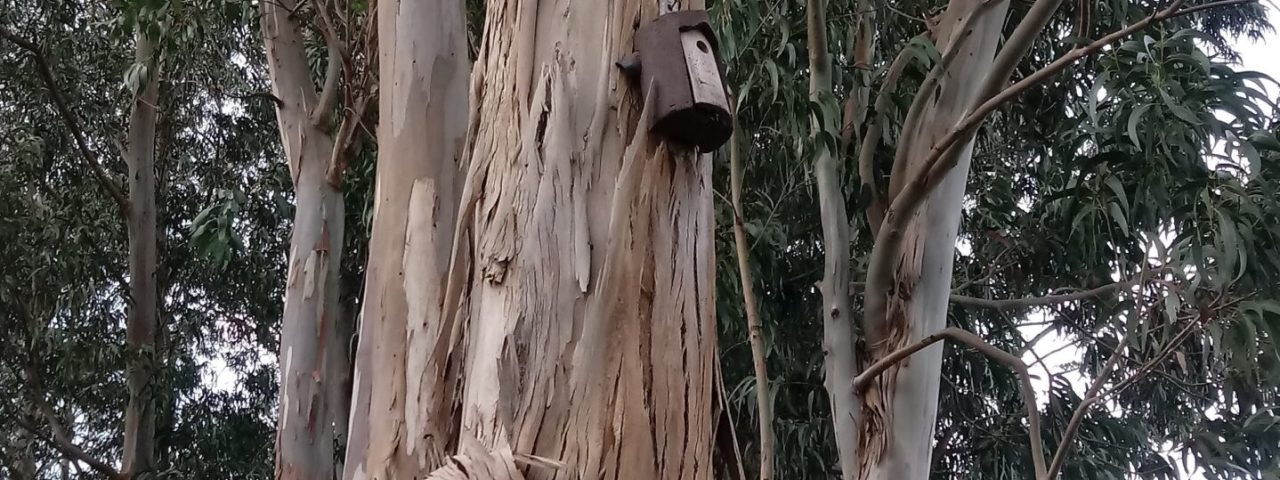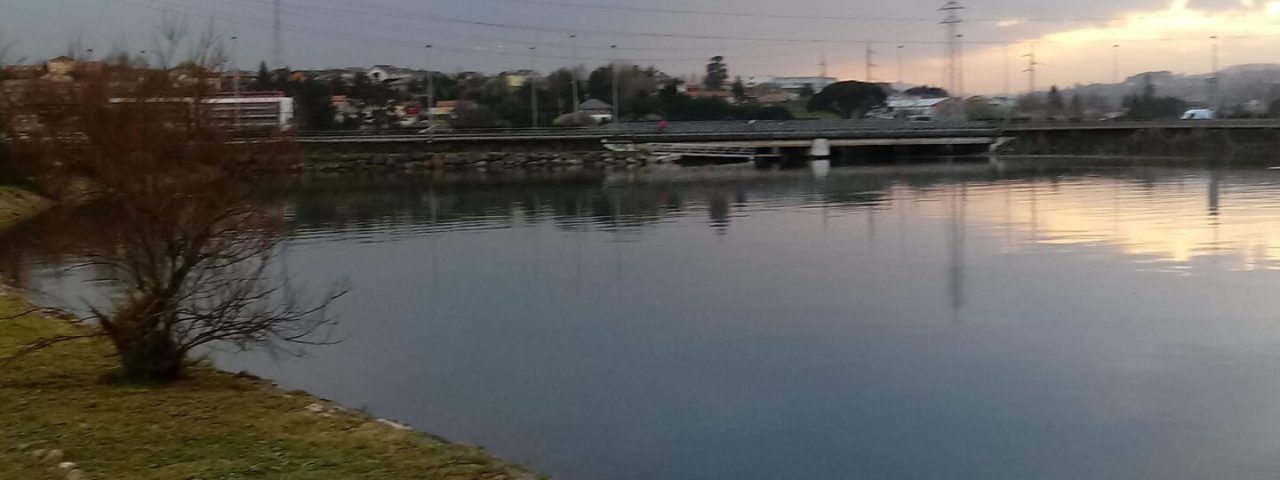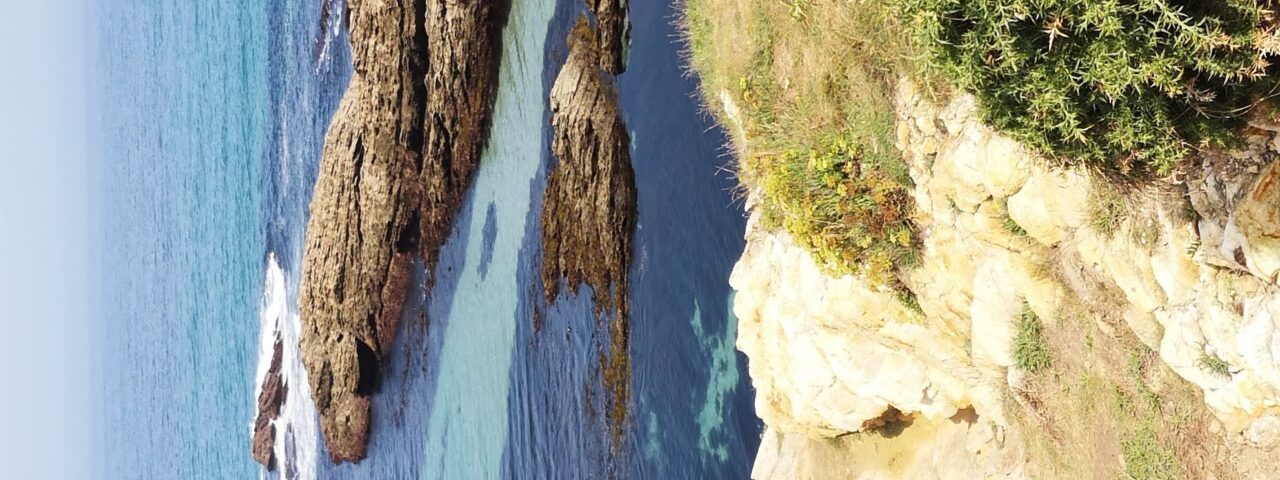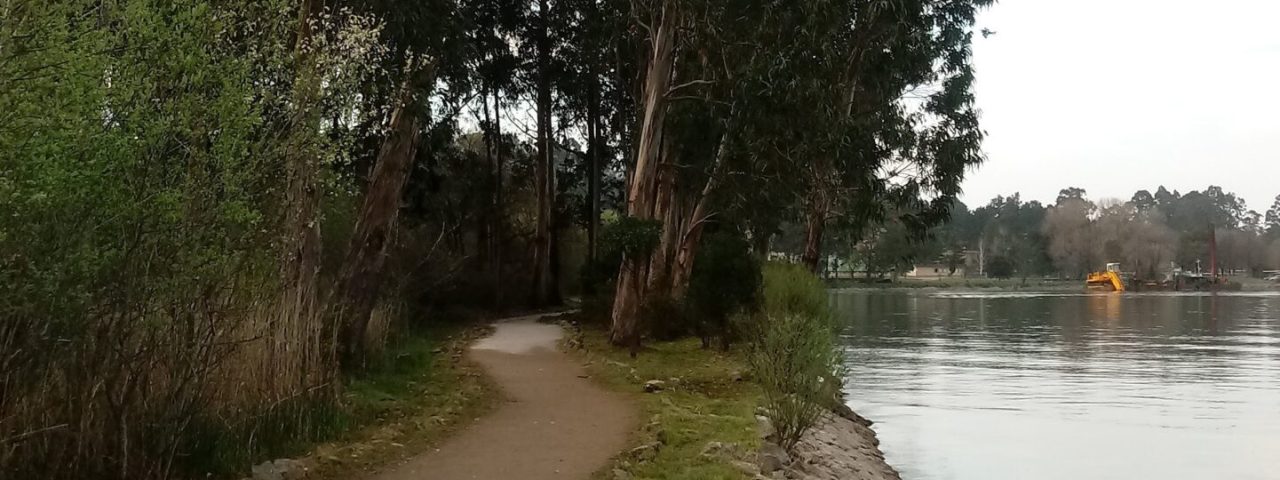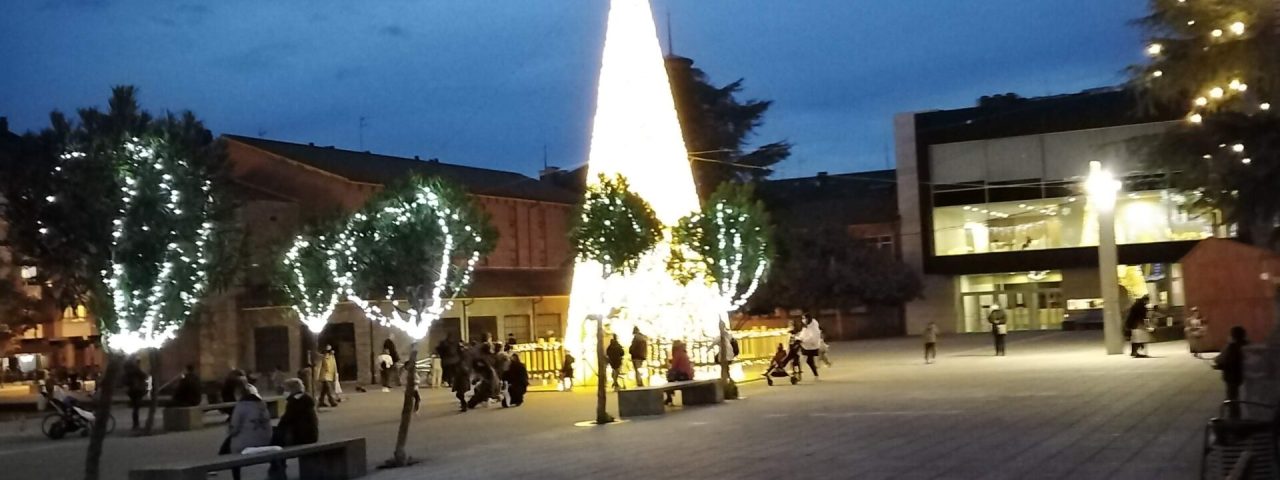Piedras Blancas, like much of Asturias, has a rich history shaped by a variety of influences, including Roman and Christian traditions. Asturias was one of the first regions in Spain to resist Moorish occupation during the Reconquista, and this proud heritage is reflected in the cultural identity of Piedras Blancas today. The town itself grew as a quiet fishing village before expanding in the 19th and 20th centuries, becoming a hub for local commerce and seaside tourism.
Culturally, Piedras Blancas shares many of the traditions that define Asturias, including a love for music, dance, and local festivals. One of the most celebrated local events is “Antroxu,” the Asturian version of Carnival, which is known for its colorful parades, costumes, and vibrant atmosphere. In addition, the “Fiesta de la Virgen del Carmen” is another popular celebration honoring the patron saint of sailors, reflecting the town’s coastal ties.
Local customs such as the Asturian language (Bable) are still preserved and celebrated in Piedras Blancas, adding an extra layer of cultural depth to the town. Historical landmarks, such as the Church of Santiago El Mayor and various traditional buildings scattered throughout the town, offer a glimpse into the past and allow visitors to connect with the area’s historical roots.
